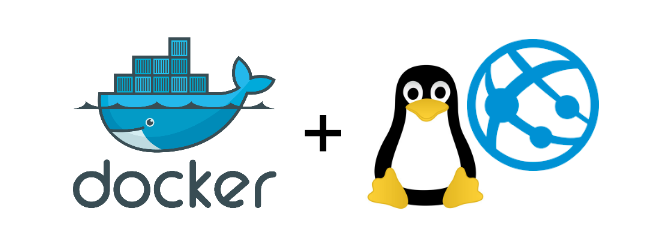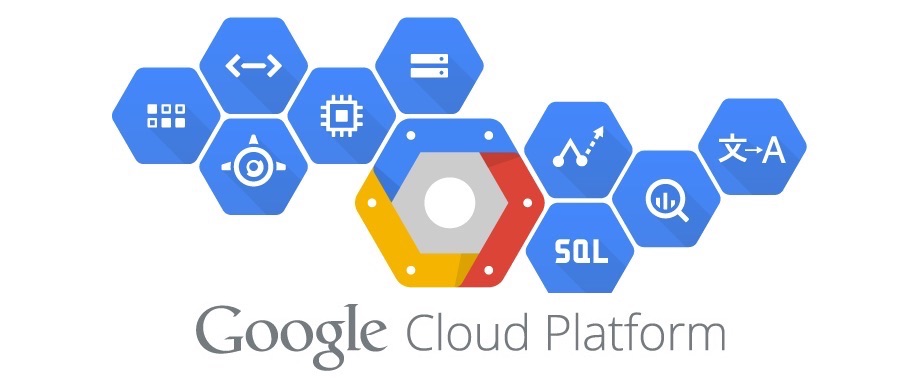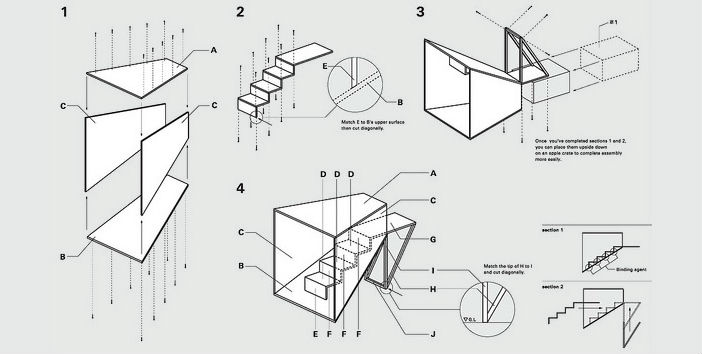
Preparing your Docker container for Azure App Services
Similar to other cloud platforms, Azure is starting to leverage containers to provide flexible managed environments for us to run Applications. The App Service on Linux being such a case, allows us to bring in our own home-baked Docker images containing all the tools we need to make our Apps work.
This service is still in preview and obviously has a few limitations:
- Only one container per service instance in contrast to Azure Container Instances,
- No VNET integration.






